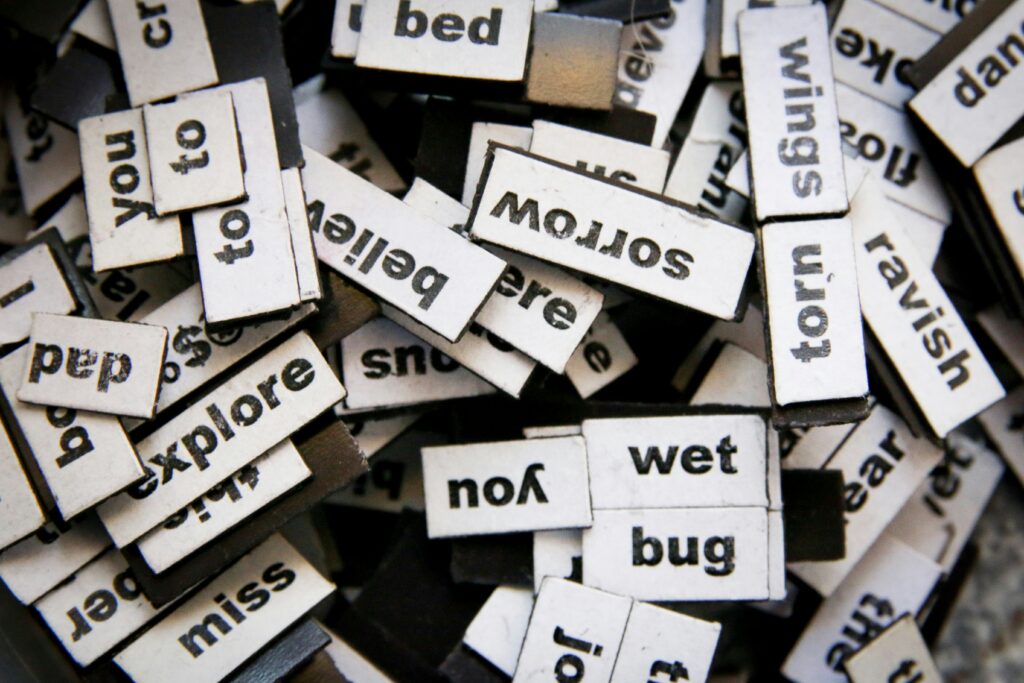By Katie Pickard, Executive Director
Our Words Matter, Especially in Psychedelic Research
The psychedelic field is moving fast. Psilocybin has advanced to Phase 3 trials for treatment-resistant depression, MDMA is moving closer to FDA approval, and public awareness is growing consistently. But as momentum builds, one essential piece of the conversation lags behind: a universal language.
Words shape understanding. They carry history, bias, and cultural weight. And in the context of psychedelics (where stigma, science, and spirituality all intersect!) terminology has the power to either build bridges or create confusion. This is why our new paper with a proposed framework for standardized psychedelic nomenclature (Nutt, et al., 2025) is so timely.
The message is simple: words matter.

Moving Beyond “Hallucinogen”
For decades, psychedelic compounds were often lumped under the term hallucinogen. But this word doesn’t accurately describe: it stigmatizes. It implies pathology: aligning psychedelic substances with psychosis or delirium. The effect? Fear, stigma, and skepticism about potential therapeutic value.
The preferred term, psychedelic, comes from the Greek for “mind manifesting.” It emphasizes exploration and insight rather than abnormality. Using respectful, accurate terminology is about reshaping the conversation to reflect evidence, not outdated fear.
Getting on the Same Page About Psilocybin Dosing
Few areas generate as much confusion as psilocybin dosing. It’s one of our top three questions asked on the info line. Popular discussions often throw around “microdosing” or “heroic doses” without academic agreement on what those terms mean. This inconsistency makes it harder to compare studies, train clinicians, or safely communicate with patients.
The new framework proposes standardized dose categories for psilocybin (and proposes dosage amounts eight additional substances):
- Microdose (1 mg): doesn’t produce noticeable effects, yet research points to changes in the brain (Szigeti et al., 2021)
- Minidose (5 mg): barely perceptible changes, sometimes mistaken for microdosing (Madsen et al., 2019)
- Mididose (10 mg): perceptual shifts without a full psychedelic journey
- Macrodose (25-30 mg): profound alterations in consciousness
These terms help clarify expectations and ensure researchers, clinicians, and patients are actually speaking the same language.
Rethinking “Short-Acting” vs. “Long-Acting”
Another source of confusion lies in describing how long psychedelic effects last. Terms like “short-acting” or “long-acting” ignore context. For example, DMT can last 15 minutes when smoked, hours when infused, and longer still when taken as ayahuasca. Psilocybin may last 4–6 hours orally, but under an IV drip, it’s an hour.
Instead of vague labels, researchers recommend using specific language: route of administration, time to peak effect, and duration of action. This clarity makes findings more useful for clinicians and safer for patients.
Safety and Respect
Words are also important in how we frame safety. Challenging psychedelic experiences are often called “bad trips,” but in clinical contexts, revisiting painful memories can be an important part of healing. Calling them “adverse events” risks mischaracterizing their therapeutic potential. In fact, sometimes adverse events are actually a normal part of the body’s experience with that substance, like feeling nauseous with psilocybin or vomiting with ayahuasca.
Similarly, using terms like recreational use can feel dismissive when many people take psychedelics in ceremonial, spiritual, or self-exploratory settings. Alternatives such as experiential use or naturalistic use honor the diversity of motivations without stigma.
Language choices affect how regulators, clinicians, and the public perceive these substances. Respectful terminology can reduce fear and support more equitable access.
Therapy, Support, and Integration
The paper also highlights the need to distinguish between types of psychological support. Psychedelic therapy generally includes three stages:
- Preparation: educating and setting intentions
- Dosing: the psychedelic session itself
- Integration: processing and applying insights afterward
Different terms (psychedelic therapy, psychedelic-assisted therapy, psychological support, etc.) are often used interchangeably, but they can mean different things in practice. A shared vocabulary makes it easier to design consistent protocols and compare results across studies.
Does Non-Medical Really Equal Recreational?
As the paper notes: “Traditionally, non-medical use has been called recreational use. However, recreational use is often used in a pejorative way to imply rewarding hedonic misuse without a deeper purpose.” Yikes. In fact, our naturalistic psilocybin study (the largest in the world!) showed the top motivations for macrodosing as self-exploration (81%), mental health (71%), therapy (48%), and creativity (44%). Non-medical? Maybe. Recreational? Not really. There’s a pretty big case to be made for redefining what’s outside of medical use.
Words as Bridges
At its heart, this call for a standardized psychedelic lexicon is about creating a common ground. When researchers, clinicians, policymakers, and patients use the same terms, communication improves. Safety improves. And stigma starts to break down.
Getting on the same page is an act of respect. It makes psychedelic science more accessible to newcomers and more rigorous for professionals. It allows us to move past misunderstanding and focus on what really matters: how these tools can help people heal.
Words shape perception, perception shapes action, and in the case of psychedelics, that action can transform lives. By choosing our words carefully, we’re not just building a lexicon. We’re building a foundation for a more thoughtful, inclusive, and effective future for psychedelic medicine.
